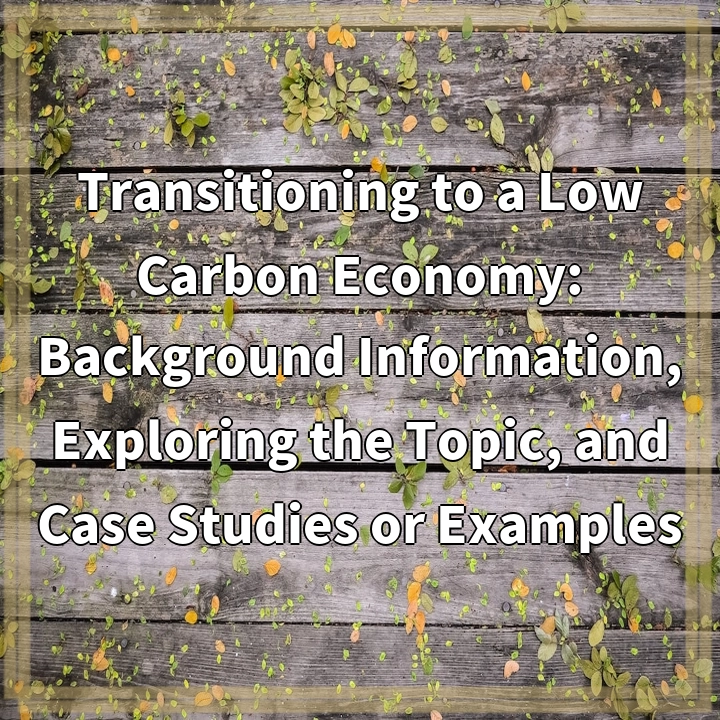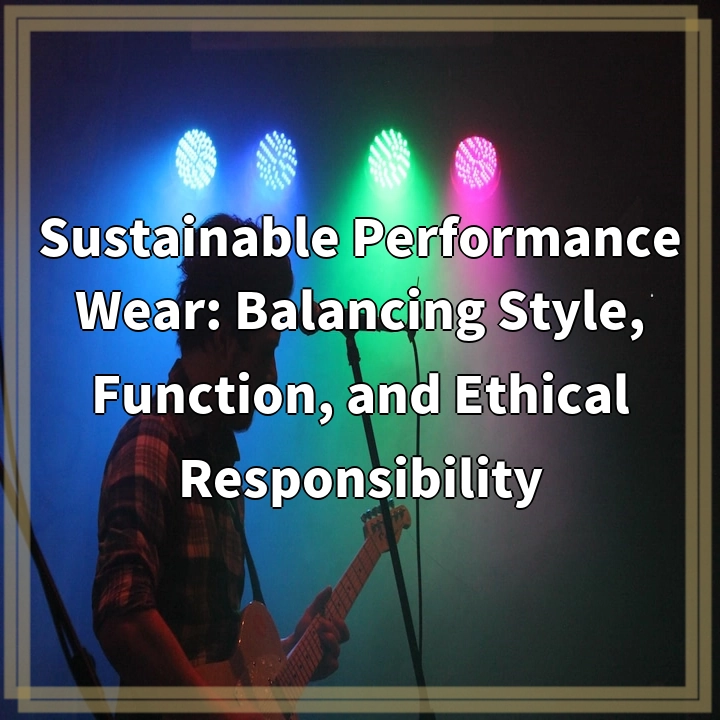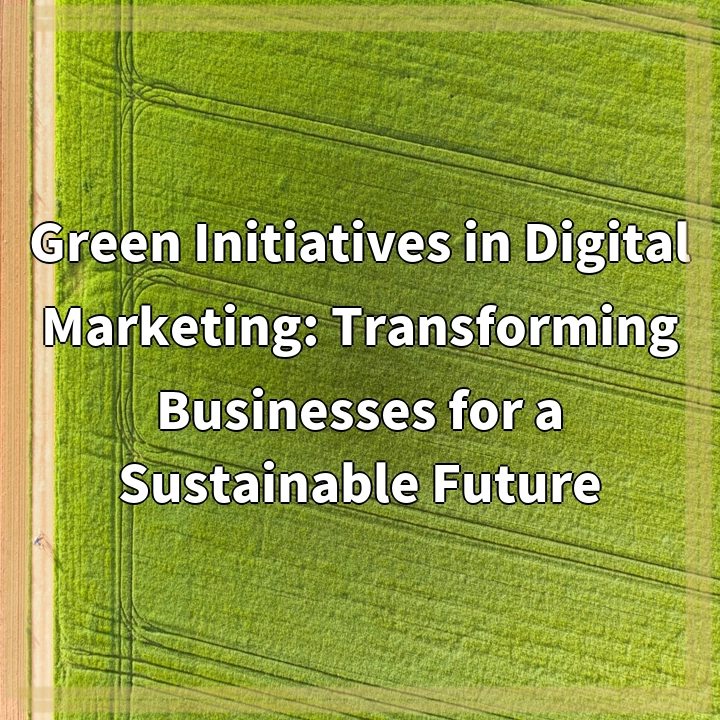
What is Transitioning to a Low Carbon Economy?
Transitioning to a low carbon economy refers to the shift from a fossil fuel-dependent and carbon-intensive economic system to one that minimizes greenhouse gas emissions while promoting sustainable development. It involves implementing strategies and adopting technologies that reduce carbon emissions, increase energy efficiency, and promote renewable energy sources. This transition is essential to mitigate climate change and minimize the negative environmental impacts associated with traditional energy production and consumption.
Real-World Problems Associated with Transitioning to a Low Carbon Economy
Transitioning to a low carbon economy faces several challenges and hurdles that need to be addressed for successful implementation. The following are some of the key problems encountered in this process:
1. Political and Policy Challenges
Transitioning to a low carbon economy requires strong political will and supportive policies at local, national, and international levels. However, political challenges and conflicting interests often hinder the development and implementation of effective policies. These challenges can include resistance from fossil fuel industries, lack of bipartisan support, and reluctance to invest in renewable energy technologies.
2. Economic Implications
Shifting towards a low carbon economy entails significant economic implications. While renewable energy technologies are becoming more cost-competitive, the initial investments required for transitioning can be substantial. This can pose financial challenges for countries or industries with limited resources. Additionally, there can be concerns related to job losses in traditional carbon-intensive sectors, requiring careful planning for a just transition and the creation of new green jobs.
3. Technological Limitations
Transitioning to a low carbon economy relies on the availability and scalability of clean and efficient technologies. However, there can be technological limitations and barriers to adoption. This includes the need for research and development to improve the efficiency and affordability of renewable energy sources, energy storage solutions, and other low-carbon technologies. Overcoming these limitations requires investment in innovation and technological advancements, along with supportive policies and incentives.
4. Social Acceptance and Behavioral Change
Changing established behaviors and societal norms is a critical aspect of transitioning to a low carbon economy. Encouraging individuals, communities, and businesses to adopt sustainable practices and make environmentally-friendly choices can be challenging. It requires raising awareness, providing education, and addressing social barriers to acceptance. Overcoming social resistance and promoting behavior change is crucial for achieving a widespread low carbon transition.
5. Infrastructure and Grid Integration
Transitioning to a low carbon economy requires substantial changes to existing infrastructure, including power generation, transportation, and building systems. Integration of renewable energy sources into the grid, development of electric vehicle charging infrastructure, and retrofitting existing buildings for energy efficiency are just a few examples. Upgrading infrastructure and ensuring smooth grid integration of clean energy technologies can be complex and costly, requiring strategic planning and investments.

Solutions for Transitioning to a Low Carbon Economy
Transitioning to a low carbon economy requires holistic and collaborative efforts from governments, businesses, communities, and individuals. While the challenges are significant, there are several solutions and strategies that can help facilitate the transition:
1. Policy Support and International Cooperation
Governments need to enact supportive policies that incentivize and encourage the adoption of low-carbon technologies and practices. This includes implementing carbon pricing mechanisms, providing subsidies and tax incentives for renewable energy investments, and setting ambitious emission reduction targets. International cooperation is also crucial to address global environmental challenges and share best practices for transitioning to a low carbon economy.
2. Investing in Research and Development
Increased investment in research and development is essential to drive innovation and improve the affordability and efficiency of low carbon technologies. This includes advancements in renewable energy, energy storage solutions, carbon capture and storage, and sustainable transportation. Collaboration between industry, academia, and research institutions can accelerate the development and deployment of cutting-edge technologies.
3. Just Transition and Job Creation
To address concerns related to job losses in traditional carbon-intensive sectors, a just transition is crucial. This involves retraining and upskilling workers to ensure their employability in the growing green economy. Governments and businesses should prioritize job creation in renewable energy industries, energy-efficient construction, and sustainable agriculture, ensuring a smooth and inclusive transition for all stakeholders.
4. Public Awareness and Education
Raising public awareness about the importance of transitioning to a low carbon economy is key to driving behavioral change. Education campaigns, community outreach programs, and environmental initiatives can help inform individuals about the benefits of sustainable practices and empower them to make environmentally-friendly choices. Promoting sustainability in schools, universities, and workplaces can also foster a culture of environmental responsibility.
5. Infrastructure Development and Grid Modernization
Investments in infrastructure development are crucial to support the transition to a low carbon economy. This includes upgrading power grids to accommodate the integration of renewable energy sources, expanding electric vehicle charging networks, and improving energy efficiency in buildings through retrofitting and smart technologies. Collaboration between governments, private sector entities, and utility companies is essential for infrastructure planning and implementation.
6. Circular Economy and Sustainable Consumption
Transitioning to a low carbon economy also involves shifting towards a circular economy model, where resources are used efficiently, waste is minimized, and products are designed for long-term use and recyclability. Encouraging sustainable consumption patterns, such as reducing waste, choosing eco-friendly products, and embracing a sharing economy, can contribute to reducing carbon emissions and promoting a more sustainable future.
By implementing these solutions, countries and societies can accelerate the transition to a low carbon economy, mitigating the impacts of climate change and creating a more sustainable and resilient future.















